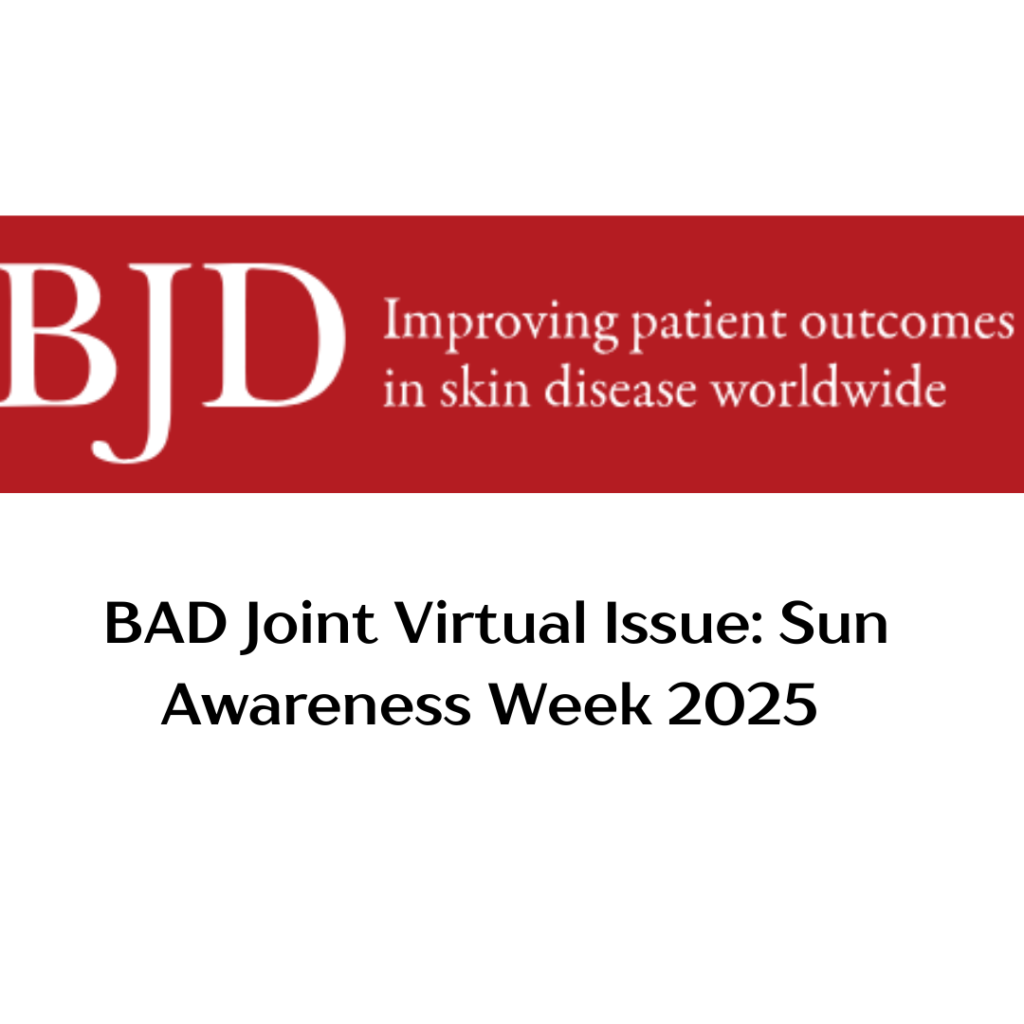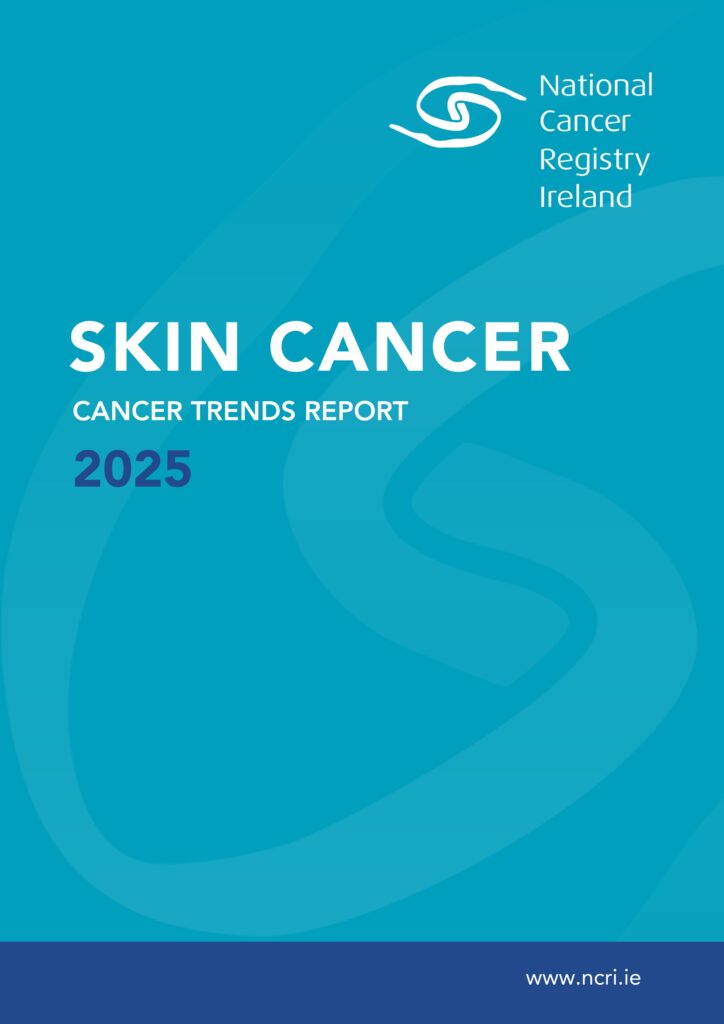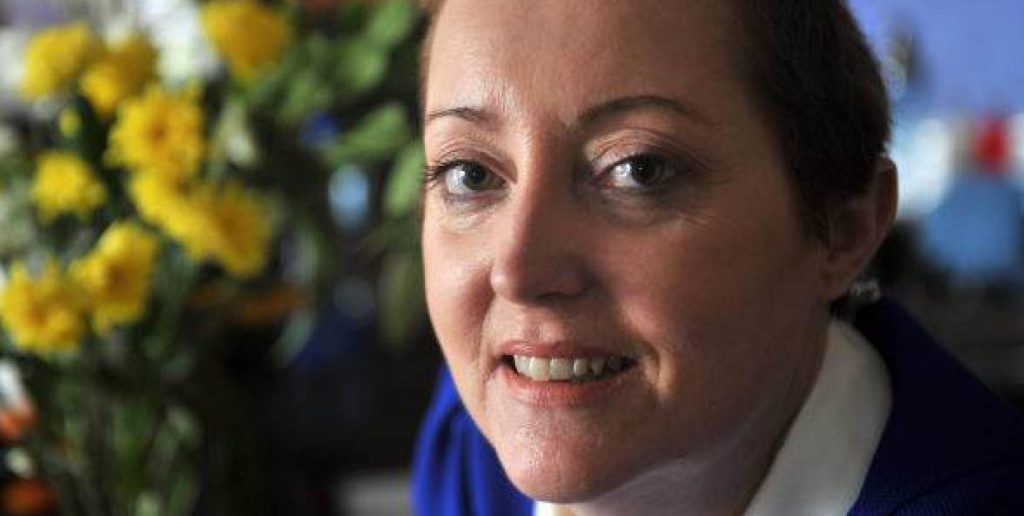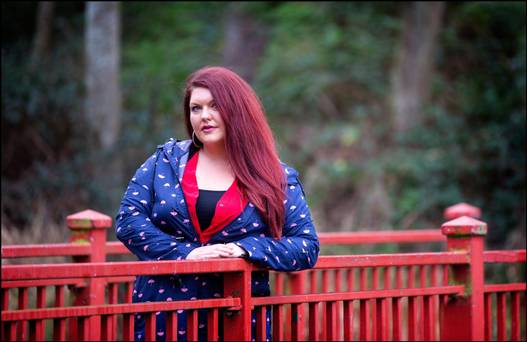New research published this month suggests that the pigment responsible for red hair and pale skin may have a role in the development of melanoma, even without ultraviolet radiation
New Genetics Research
Melanocortin-1-receptor gene (MC1R) is an important gene that regulates skin colour in humans. New research by Dr Judith Wendt and colleagues, published in JAMA Dermatology, has indicated that inheriting certain variants of the MC1R gene, particularly those that give rise to red hair, pale skin and freckles, doubles the risk for melanoma.
These findings are separate to the risks posed by exposure to ultraviolet (UV) radiation from the sun or artificial sources (e.g. sunbeds). So while UV exposure is a significant contributor to melanoma risk (particularly a history of sunburn), there appear to be other processes related to ‘pheomelanin-related chemistry’ adding to this risk.
Melanin
Melanin, a pigment that gives skin, eyes, and hair their colour, also provides some protection against skin damage from the sun and is responsible for tanning. There are different types: dark skin contains more ‘eumelanin’, while lighter skin has more ‘pheomelanin’. Eumelanin is thought to provide a greater level of protection from the sun.
Consequences
These findings have particular relevance in an Irish context, given that the population is mostly pale or fair-skinned. Although this new discovery presents no obvious preventative strategy, what is known, is that adoption of sun-safety measures significantly reduces the incidence of melanoma.
Know Your Skin type
While it is accepted that a person’s natural skin colour influences their risk of skin cancer, studies indicate that those with lighter skin tend to judge themselves to be darker than they actually are. This is why it is so important to know your ‘skin type’ to get a better sense of the care you need to take in the sun.
The Fitzpatrick skin classification scale is a scale that ranges from 1 (high risk) to 6 (low risk), and considers skin colour (pale white to black), and how the skin reacts to sunlight (whether it burns easily or tans).
Protect & Inspect ™
Think the five ‘Ss’ of sun safety — Slip on t-shirt; Slop on (broad-spectrum) sunscreen factor 30+; Slap on a sun hat; Slide on sunglasses; Seek shade.
Regular self-examination of skin, looking out for the appearance of a new mole or a change in an existing mole can also help with melanoma detection.
Generation SunSmart
A new programme supported by the Irish Skin Foundation is encouraging school children to protect their skin from UV rays and to reduce risk of developing cancer in the future during high-risk months March to September. More details here.
For further information please contact Michelle Dolan, Irish Skin Foundation at (01) 716 6343.
References:
1: Wendt J, Rauscher S, Burgstaller-Muehlbacher S, et al. Human determinants and the role of melanocortin-1 receptor variants in melanoma risk independent of UV radiation exposure [published online April 6, 2016]. JAMA Dermatol. Doi:10.1001/jamadermatol.2016.0050












